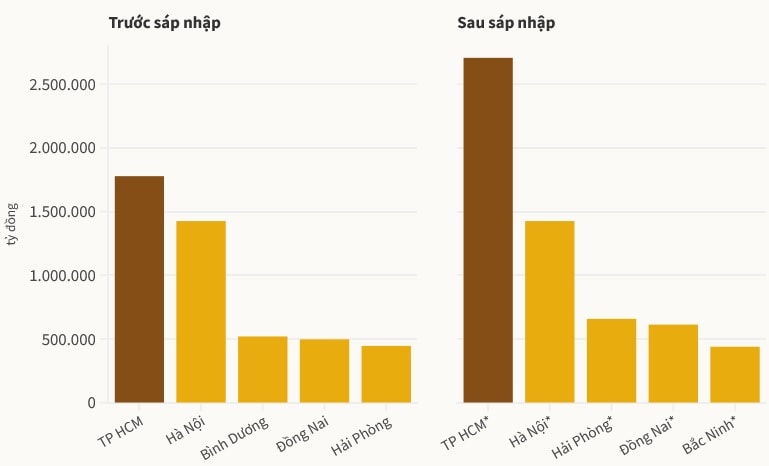
The number of provincial-level administrative units nationwide will soon be reduced from 63 to 34, including 28 provinces and 6 centrally-run cities. One of the major goals of the reorganization is to promote economic growth, with a special focus on the private economy.
In fact, after the merger, the economic scale may change depending on the policies, strategies, and population quality of each locality...
Ho Chi Minh City, the economic locomotive of the country, is the place with the most changes. The city previously accounted for 15.5% of the gross domestic product (GDP). After merging with Binh Duong and Ba Ria - Vung Tau, its influence is even greater, contributing nearly 24% to the country.
On the scale of comparison, the GRDP (gross regional product) of Ho Chi Minh City after the merger is nearly double that of the capital Hanoi. The economic scale of the city is also double that of the 6 new localities in the Southwest region combined. The difference in budget revenue between the "new version" of Ho Chi Minh City and the locality with the smallest economic scale, Dien Bien, is up to 423 times.
The merger of two localities considered the industrial production and service-tourism capitals of the South helps Ho Chi Minh City consolidate its position as the "backbone" of the economy. However, the gap compared to major cities in the region is still quite large. The city's economic scale is approximately 68 billion USD, while Bangkok, Jakarta or Manila range from 130 - 250 billion USD, and Singapore is up to 561 billion USD.
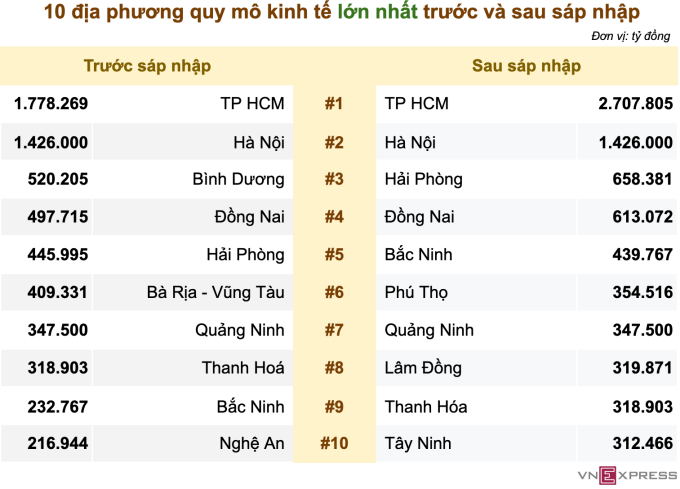
It is estimated that the provinces to be established will have an economic scale 2-5 times larger than the localities before the merger, especially in the Northern and Central regions.
For example, Ninh Thuan, after merging with Khanh Hoa, will have its economic scale tripled; and Dak Lak, after merging with Phu Yen, will have a scale 3.2 times larger than before. Particularly, Bac Kan, before merging to form a new province with Thai Nguyen, had a scale of only one-tenth of its current size.
The economic scale rankings of localities after Ho Chi Minh City were also significantly disrupted. Hai Phong added Hai Duong, so it climbed from 5th place to 3rd place. Quang Ninh did not merge any provinces, so it was surpassed by many new localities such as Bac Ninh and Phu Tho.
Most notably, Lam Dong rose from the middle group to the top 10 localities with the largest economic scale in the country when merging Binh Thuan and Dak Nong.
The localities with the smallest economic scale after the merger are all provinces that did not record changes in administrative boundaries, including Cao Bang, Lai Chau, Dien Bien, Lang Son, Son La and Hue City.
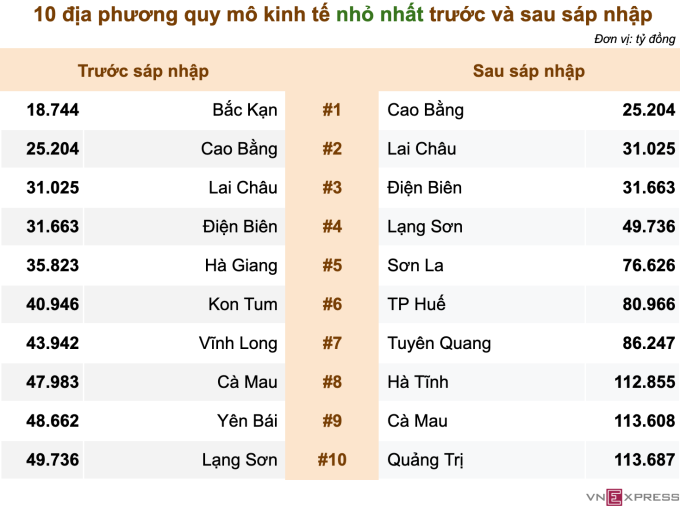
In terms of GRDP per capita , Quang Ninh rose from second to first place. Previously, Ba Ria - Vung Tau was the leading locality in this index, expected to be merged with Ho Chi Minh City. This data reflects the value of new goods and services created locally during the year on an average per capita basis.
Specifically, the average GRDP per capita of Quang Ninh is 249.3 million VND. The three administrative units directly under the Central Government including Ho Chi Minh City, Hanoi, and Hai Phong share the next positions with 199 million VND, 164 million VND, and 160 million VND, respectively.
Hue City is one of the 6 centrally-governed cities. However, there is a large gap in economic scale, state budget revenue, and per capita income based on GRDP compared to the other 5 cities.
When discussing the resolution to establish Hue City under the Central Government at the end of November 2024, the Standing Committee of the National Assembly at that time said that Hue City was established with the core task of preserving and promoting the unique values of the ancient capital and the intangible cultural heritage recognized by UNESCO. This locality aims to have an average economic growth rate of 9-10%/year by 2030 and an average GRDP per capita of 6,000 USD, which is double the current level.
At the bottom of the rankings, the poorest localities in the country such as Cao Bang, Dien Bien, and Tuyen Quang have average GRDP per capita ranging from 45 to 50 million VND/year.
TB (according to VnExpress)Source: https://baohaiduong.vn/quy-mo-kinh-te-cac-dia-phuong-sau-sap-nhap-409435.html


![[Photo] President Luong Cuong meets 100 typical examples of the Deeds of Kindness Program](https://vstatic.vietnam.vn/vietnam/resource/IMAGE/2025/4/16/ce8300edfa7e4afbb3d6da8f2172d580)
![[Photo] Opening of the Exhibition on Green Growth](https://vstatic.vietnam.vn/vietnam/resource/IMAGE/2025/4/16/253372a4bb6e4138b6f308bc5c63fd51)
![[Photo] Many practical activities of the 9th Vietnam-China border defense friendship exchange](https://vstatic.vietnam.vn/vietnam/resource/IMAGE/2025/4/16/3016ed3ef51049219574230056ddb741)
![[Photo] Opening of the 4th Summit of the Partnership for Green Growth and the Global Goals](https://vstatic.vietnam.vn/vietnam/resource/IMAGE/2025/4/16/488550ff07ce4cd9b68a2a9572a6e035)
![[Photo] President Luong Cuong receives Ethiopian Prime Minister Abiy Ahmed Ali](https://vstatic.vietnam.vn/vietnam/resource/IMAGE/2025/4/16/504685cac833417284c88a786739119c)
![[Photo] National Assembly Chairman Tran Thanh Man meets with Ethiopian Prime Minister Abiy Ahmed Ali](https://vstatic.vietnam.vn/vietnam/resource/IMAGE/2025/4/16/c196dbc1755d46e4ae7b506c5c15be55)



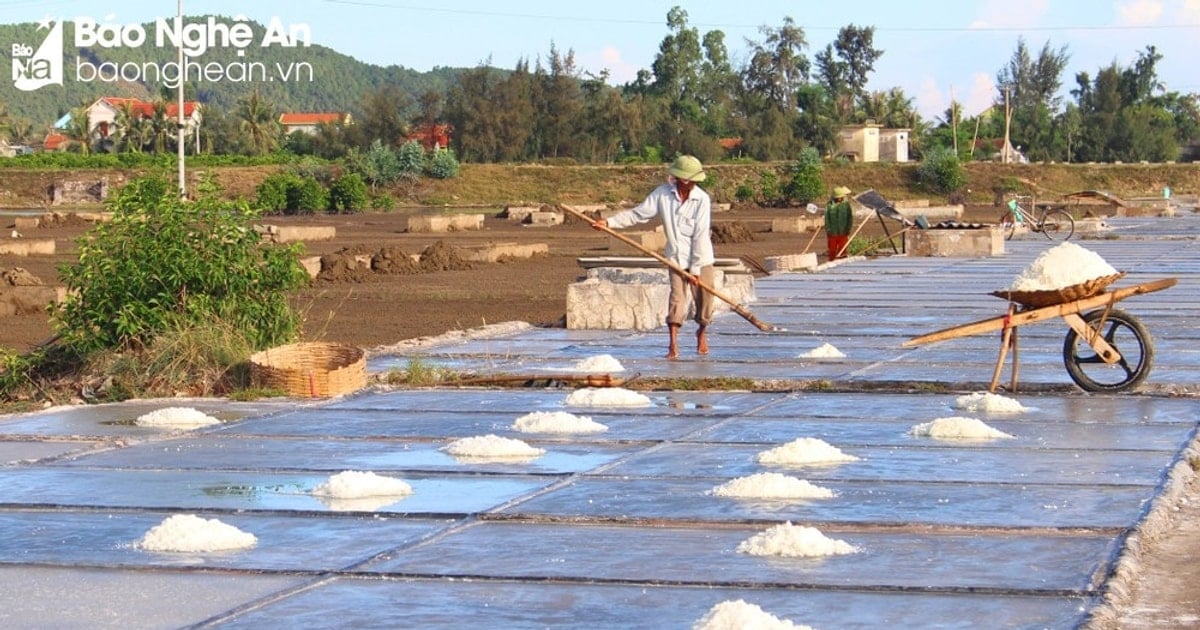








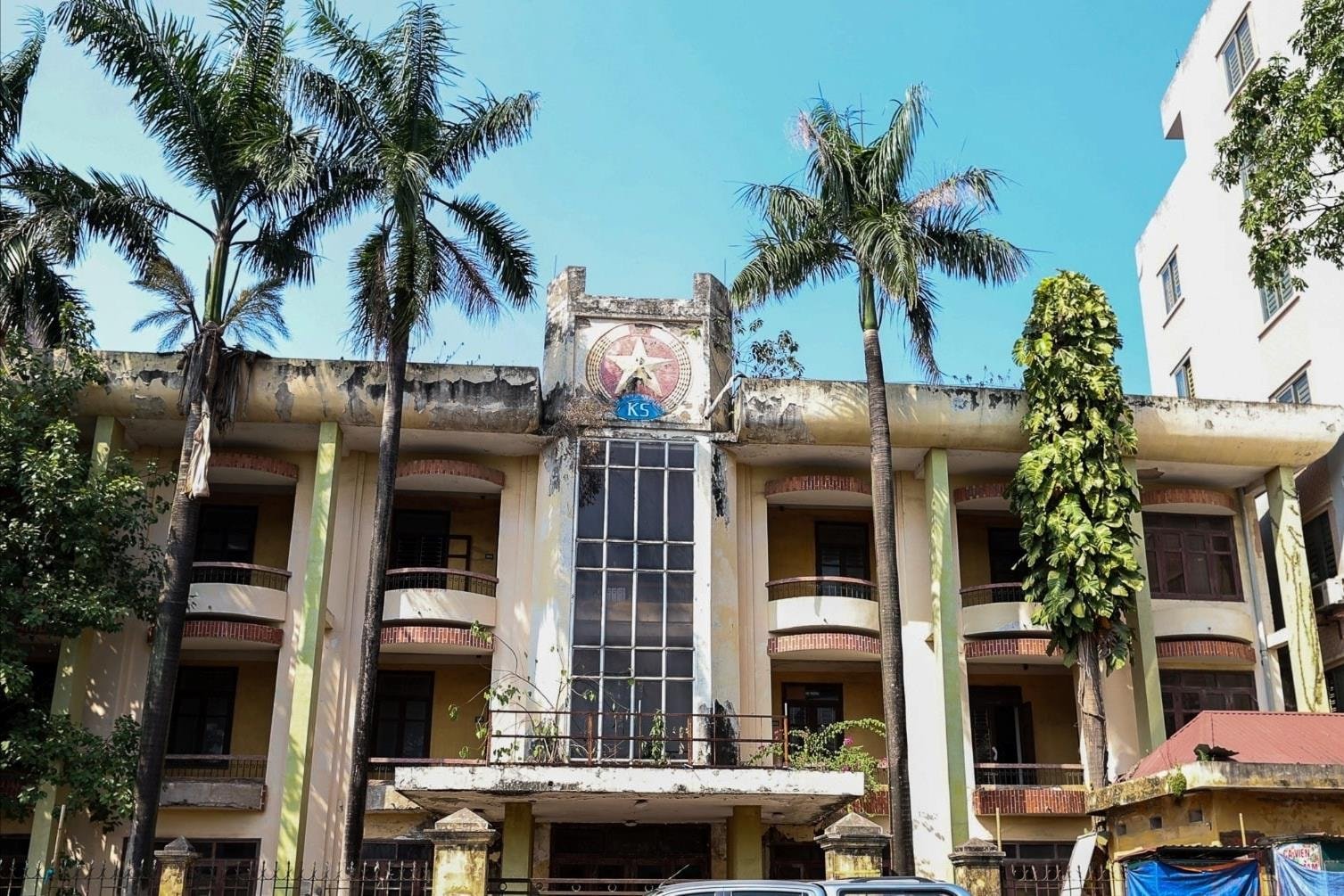







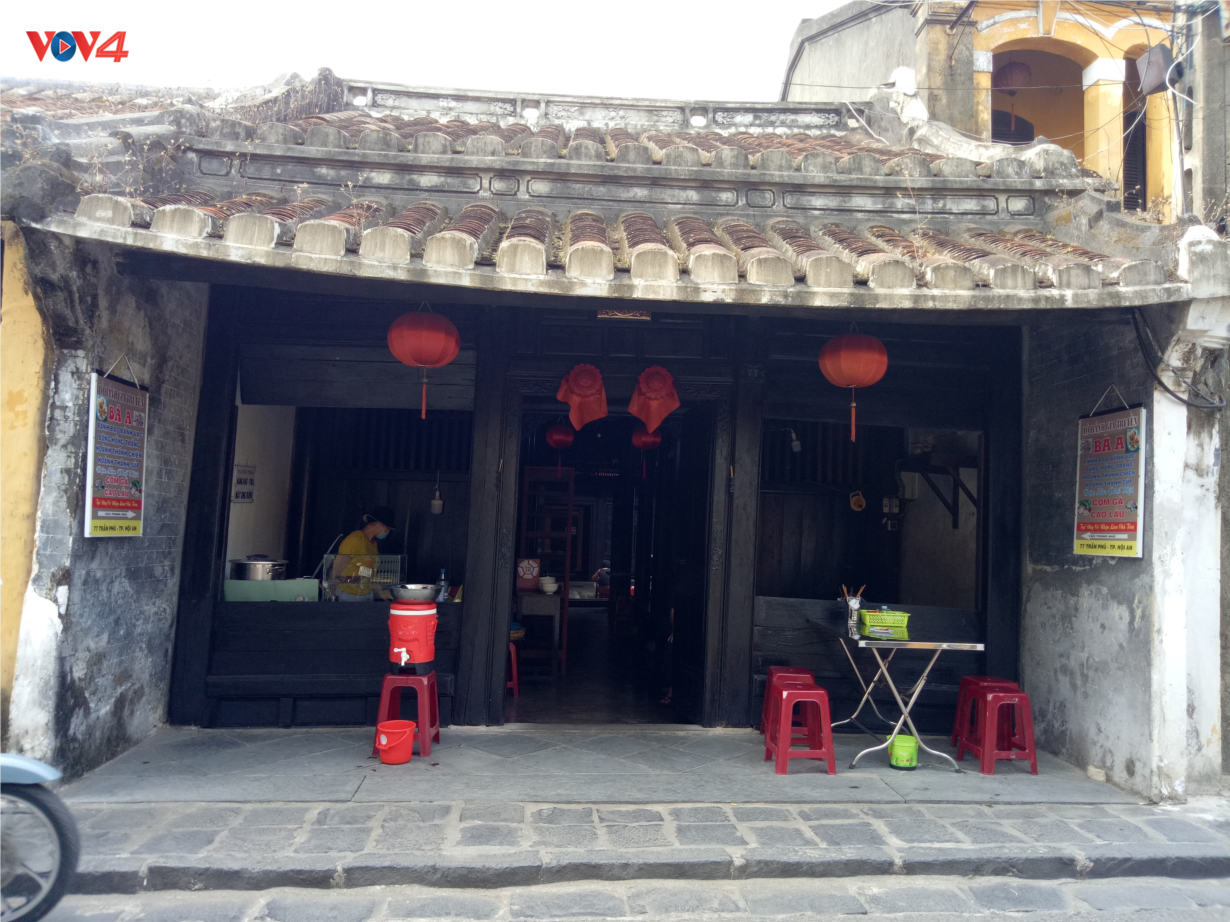









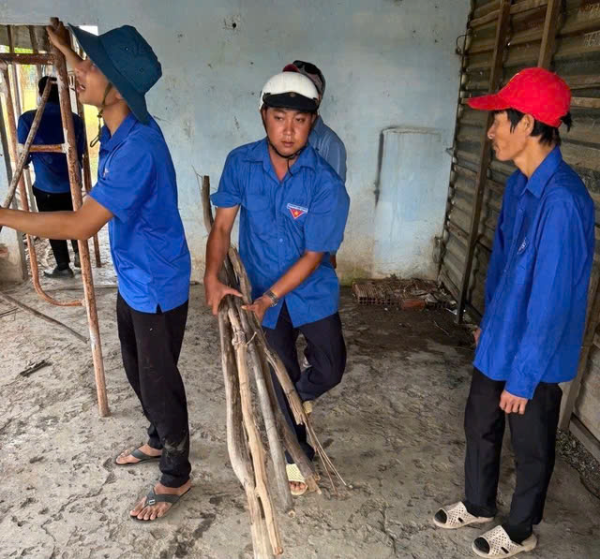









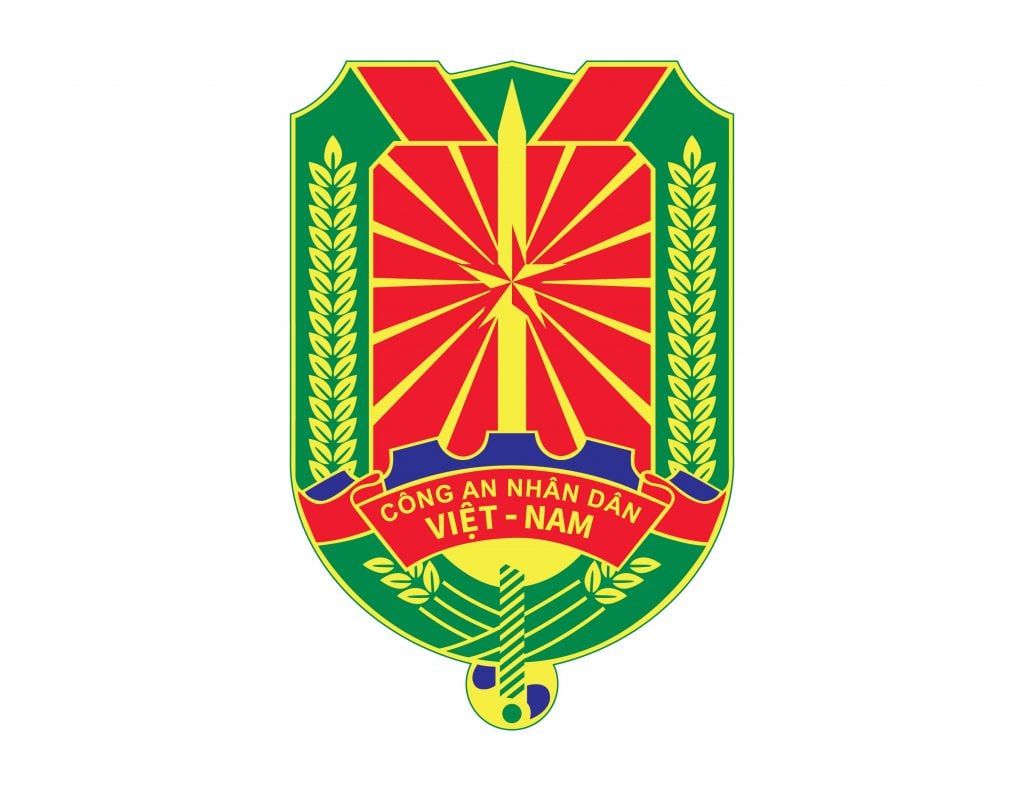





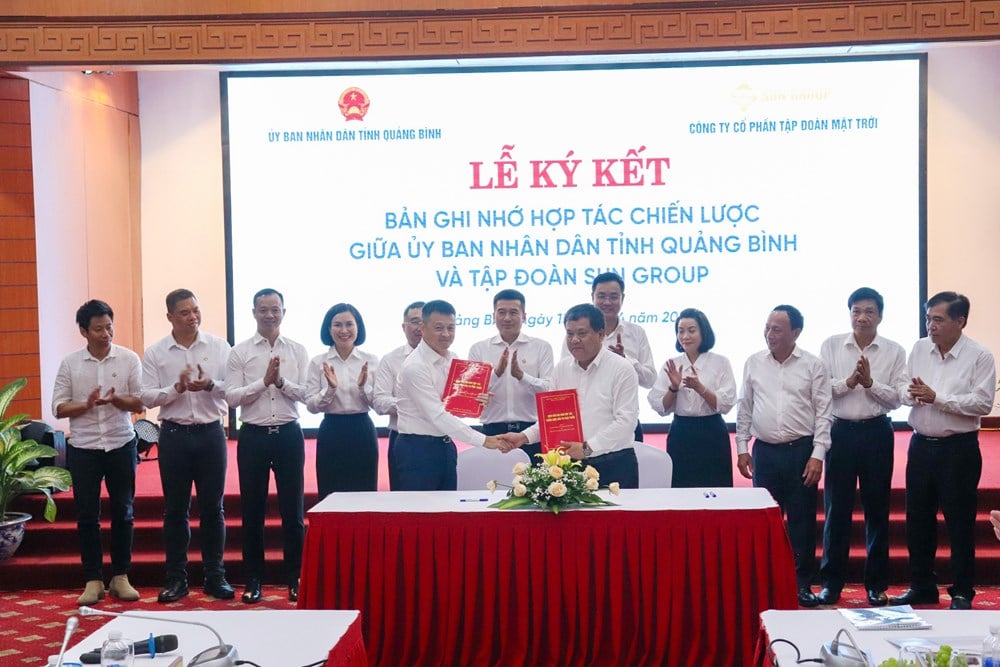



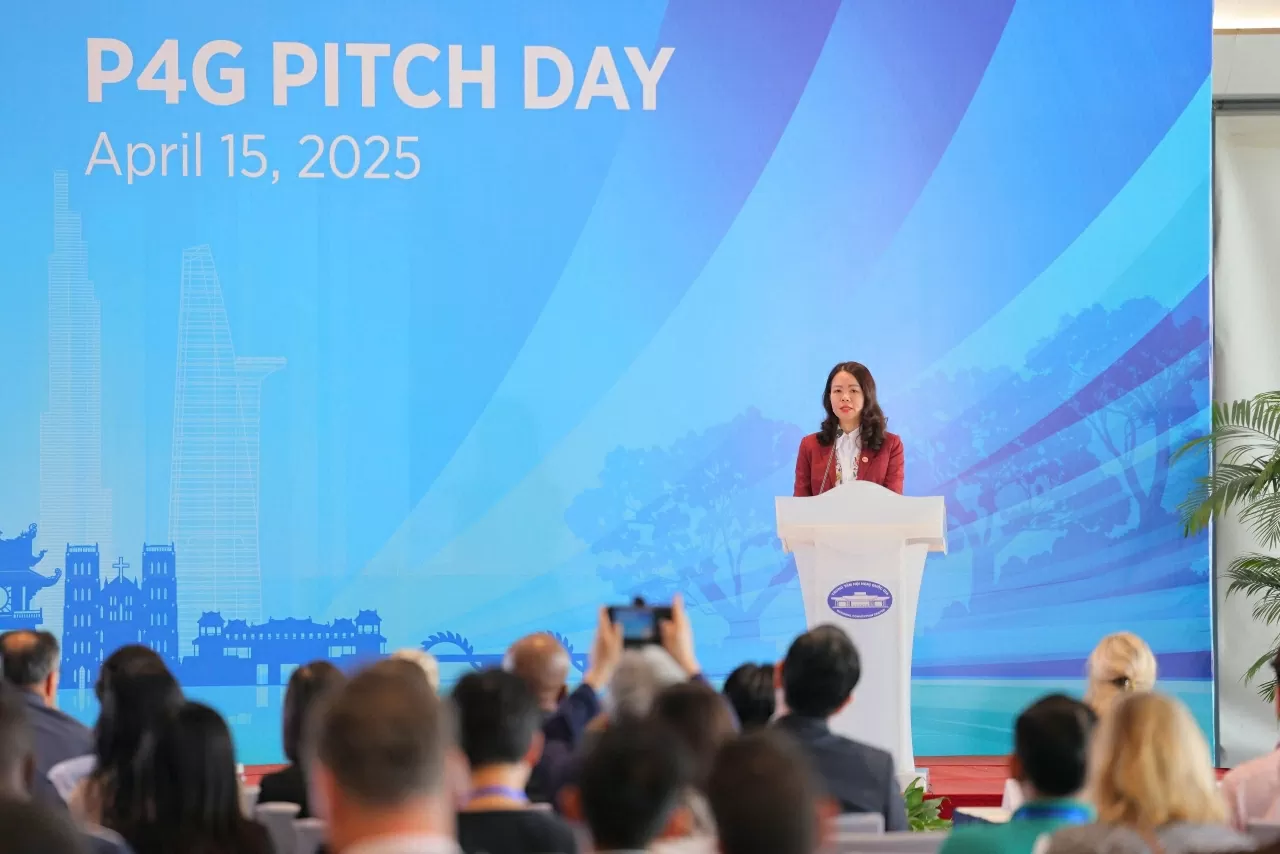




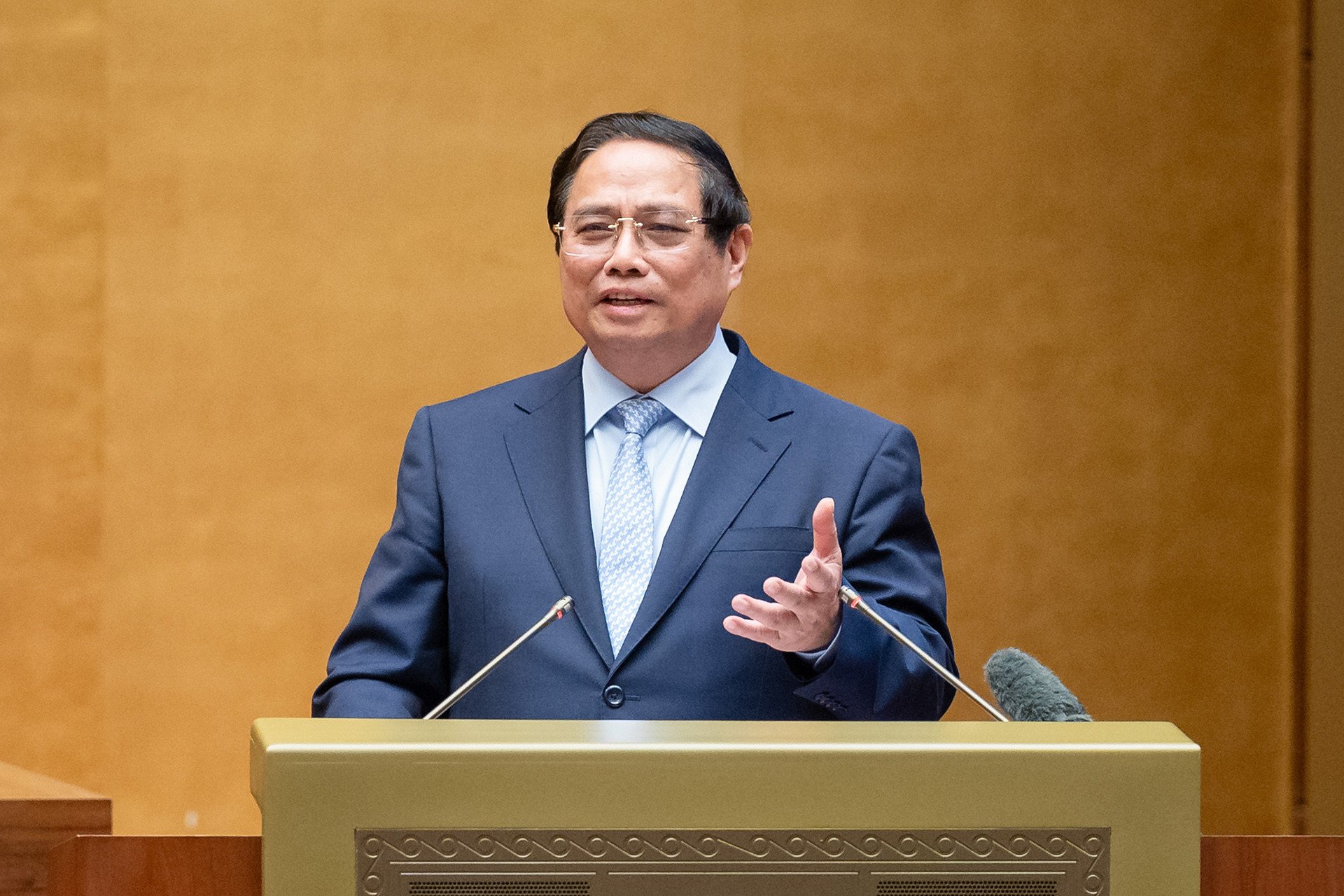

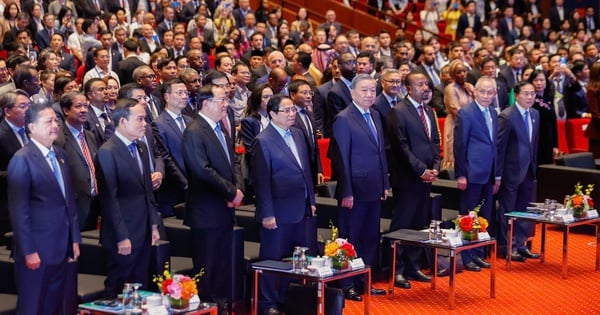



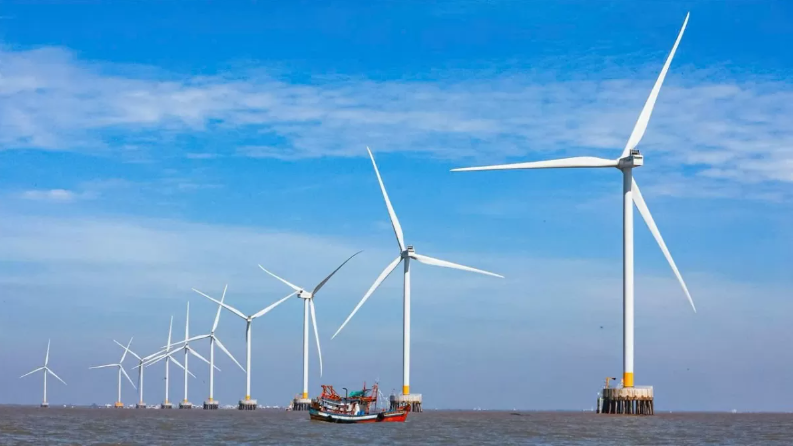
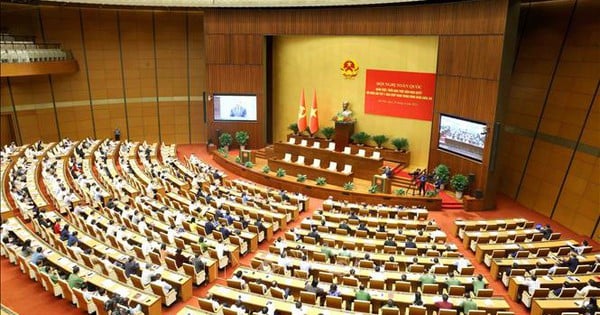

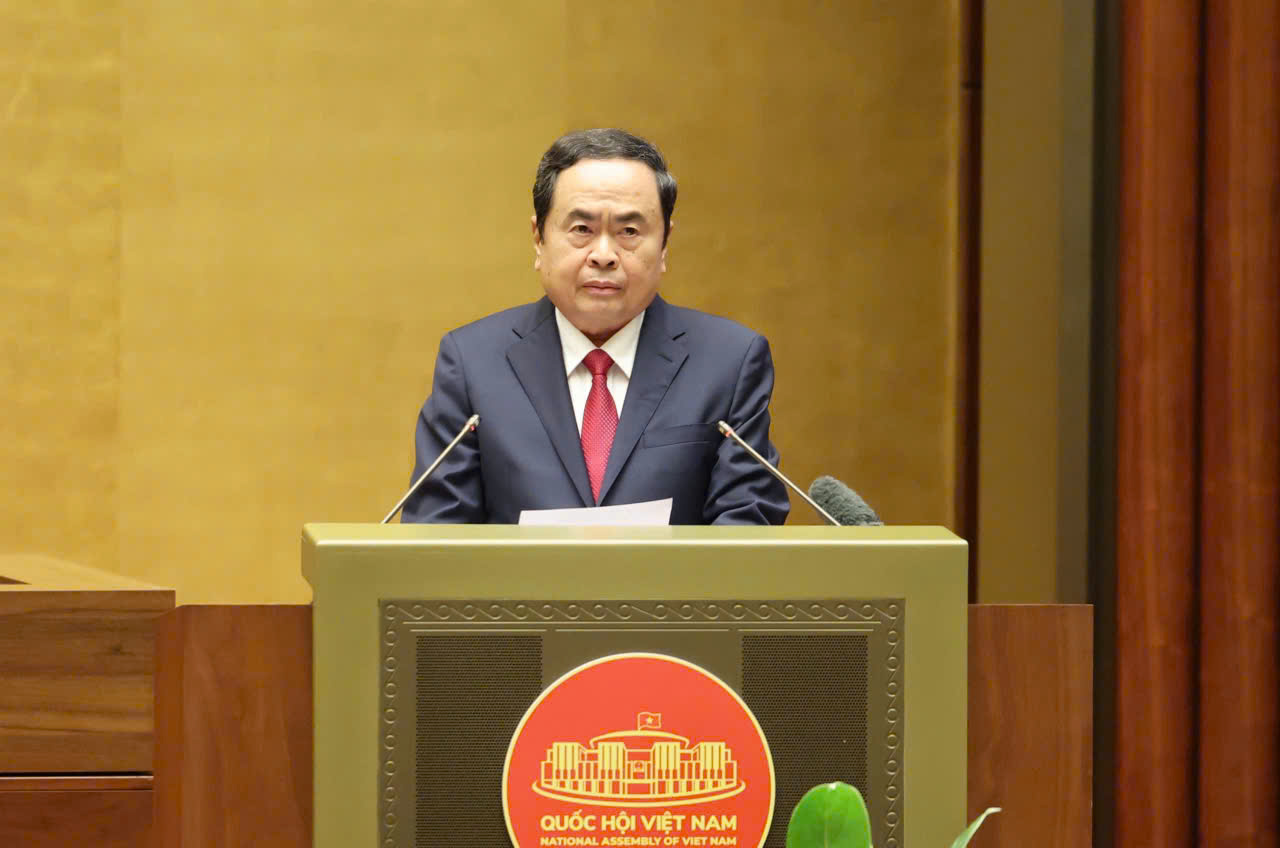








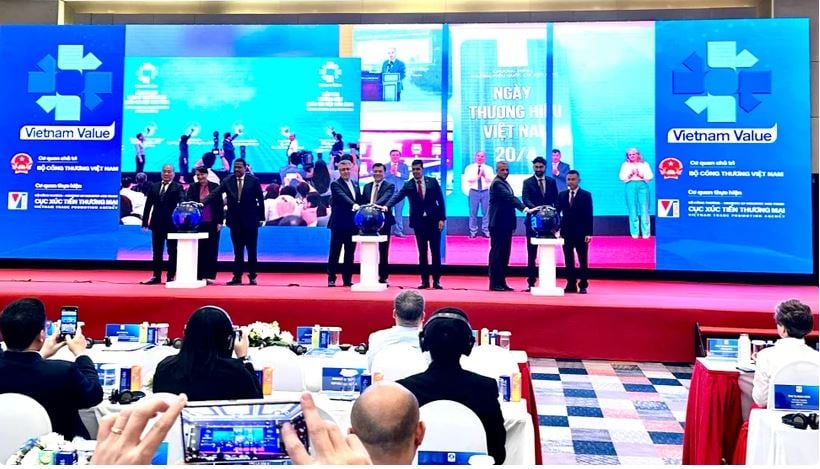






Comment (0)